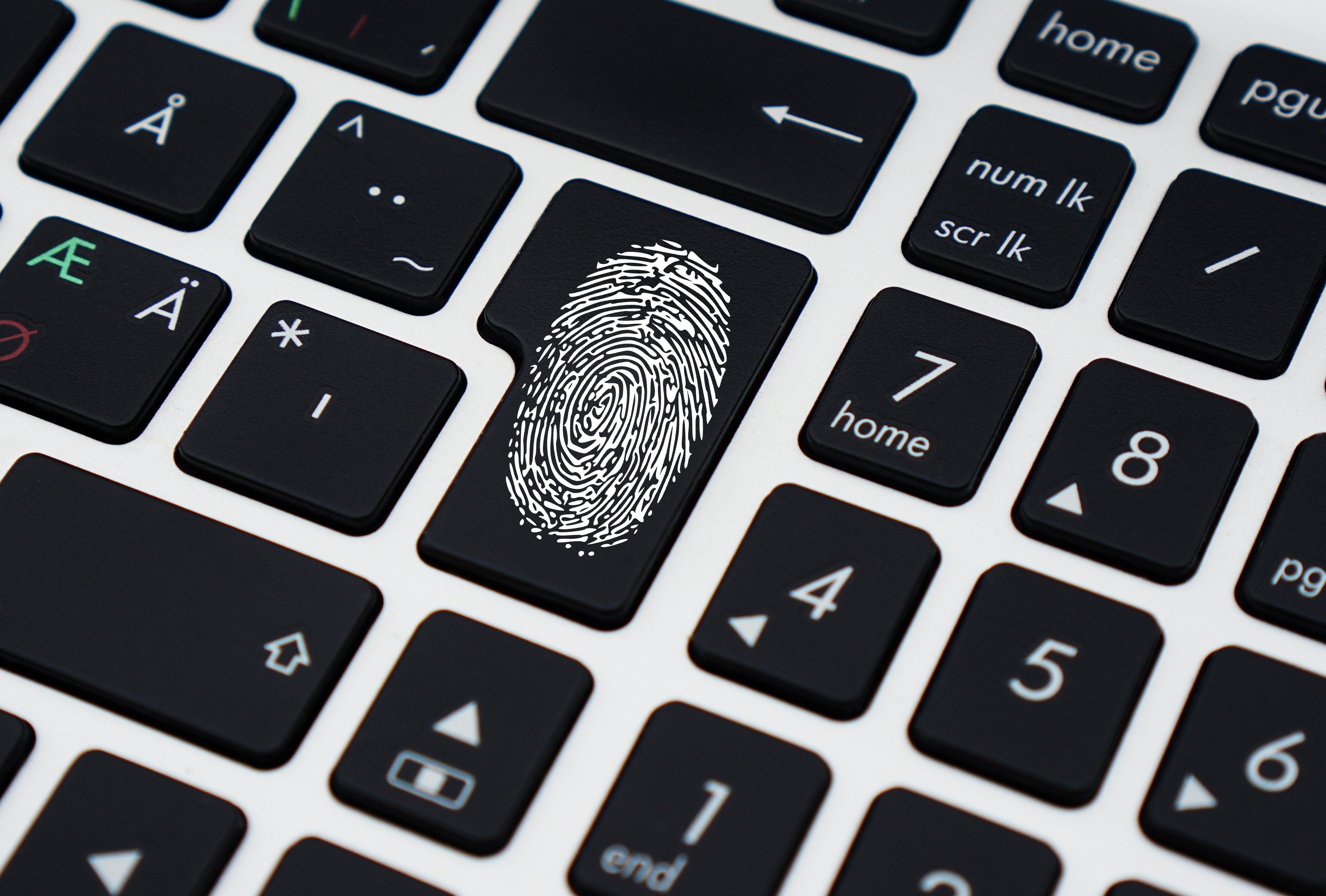Fingerprint Tech Leaps Forward: Enter Ultrasonic Biometrics
Fingerprint tech advances with ultrasonic biometrics, using sound waves to capture detailed 3D images beneath the skin. More secure and reliable than traditional methods, it works even with wet or dirty fingers—ushering in a new era of authentication.
All About Waves: The Science Behind Ultrasonic Fingerprint Scanning
Ultrasonic fingerprint scanning technology pulses a low-frequency sound wave to capture unique ‘echo’ patterns from the grooves and ridges of your skin. This detailed audio impression forms the basis of a highly-specific biometric data record. Unlike optical scanners or capacitive sensors which merely capture a two-dimensional snapshot, ultrasonic technology’s three-dimensional accuracy makes it the next big thing in secure authentication.
The Tick of the Time: Advancements and Challenges
First patented by Qualcomm in 2013, ultrasonic fingerprint scanning has steadily gained traction. Samsung’s Galaxy S10 was the first phone to house this next-generation tech—a testament to the potential of this technology. However, hurdles still exist. A slower response time than capacitive scanners, occasional misreads due to contaminants like dirt or moisture, and the higher cost are pressing issues to be addressed. Furthermore, while significantly more secure than 2D systems, the nascent tech isn’t foolproof against hacking, sparking further research into augmenting its security.
Current Updates: Looking at the Market
Late 2021 saw under-display camera technology gaining momentum, opening up possibilities for an all-screen front in smartphones. This development plays right into the hands of ultrasonic fingerprint scanning technology which works through screens. As pioneers, Qualcomm and Samsung are leading the arena. Qualcomm recently launched the 3D Sonic Sensor Gen 2, which is 50% faster and 77% larger than its predecessor, promising enhanced user experience. This product’s estimated price range is approximated to be between $30 and $40 a sensor, potentially raising the cost of future handheld devices.
Market Impact: What that Means for You and Me
Ultrasonic fingerprint scanning catapults us into the future of device security. Its three-dimensionality provides a significant security upgrade—an attractive proposition for industries managing sensitive data. For end-users, it could mean seamless user experience, but at a higher cost. The demand for this technology is expected to increase, with an estimation of more than 1.6 billion mobile biometric users by 2023 according to Juniper Research.
Final Thoughts: The Greater Picture in Play
While the practical adoption of ultrasonic fingerprint scanning has only just begun, its potential is enormous. As it navigates the hurdles of cost and implementation, its security benefits make it a lucrative player in the tech world. This breakthrough is not only redefining biometrics, it’s opening up fresh avenues of secure, personalised user-experience. The future seems to be at our fingertips, quite literally.





